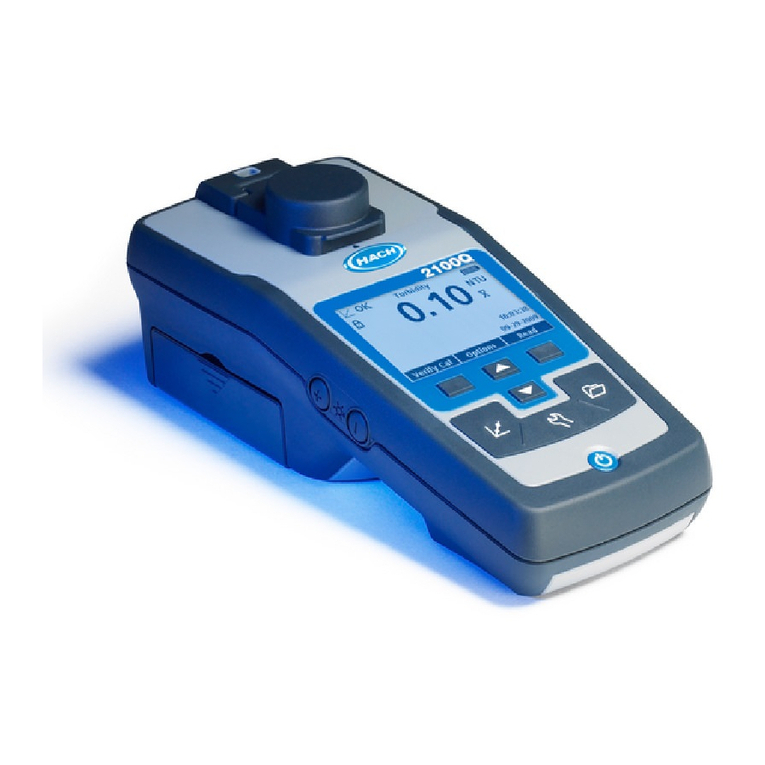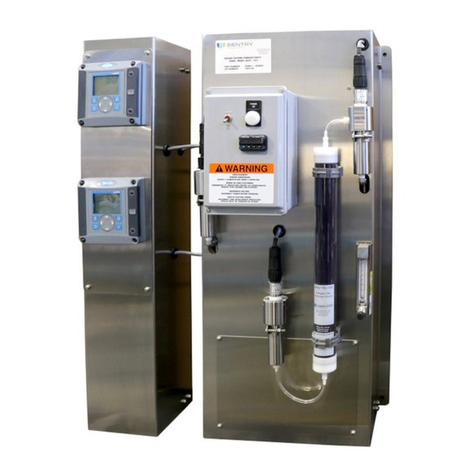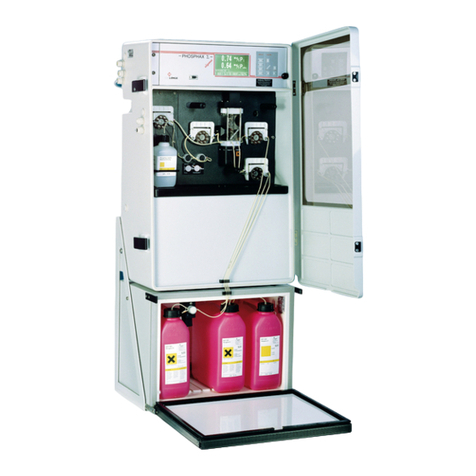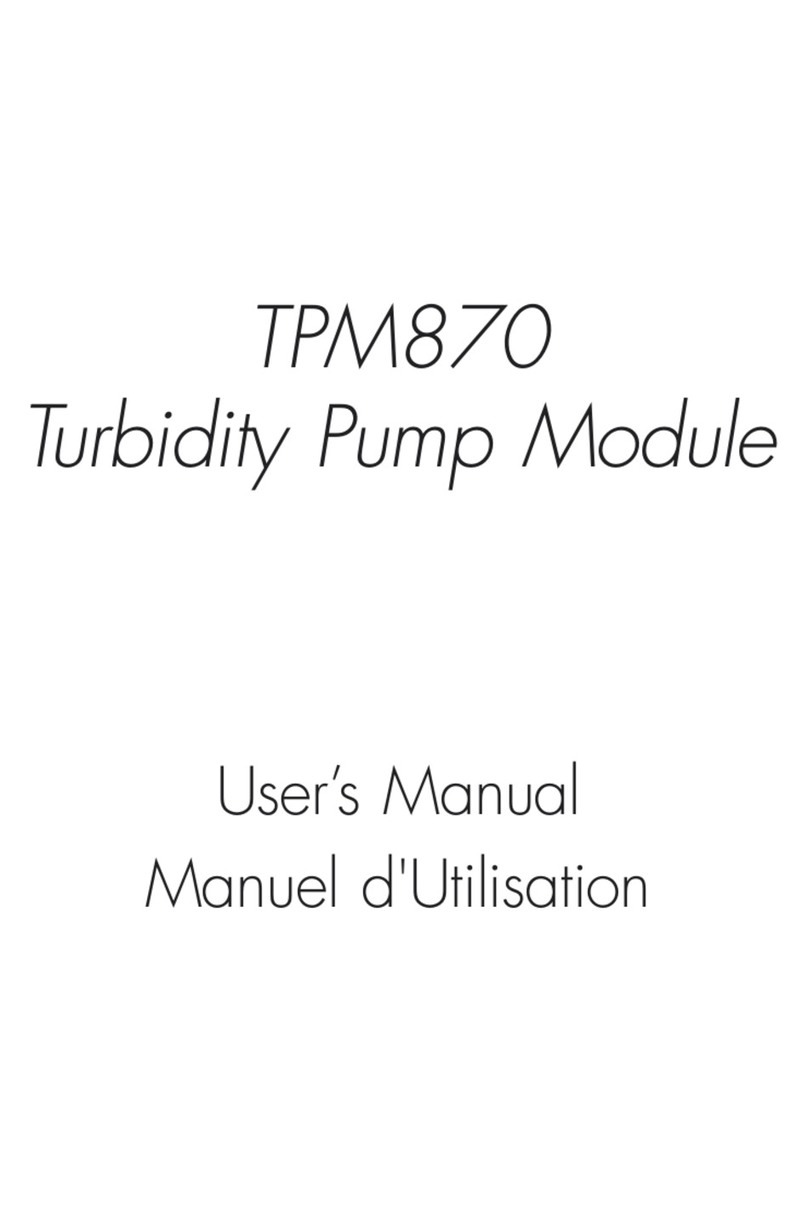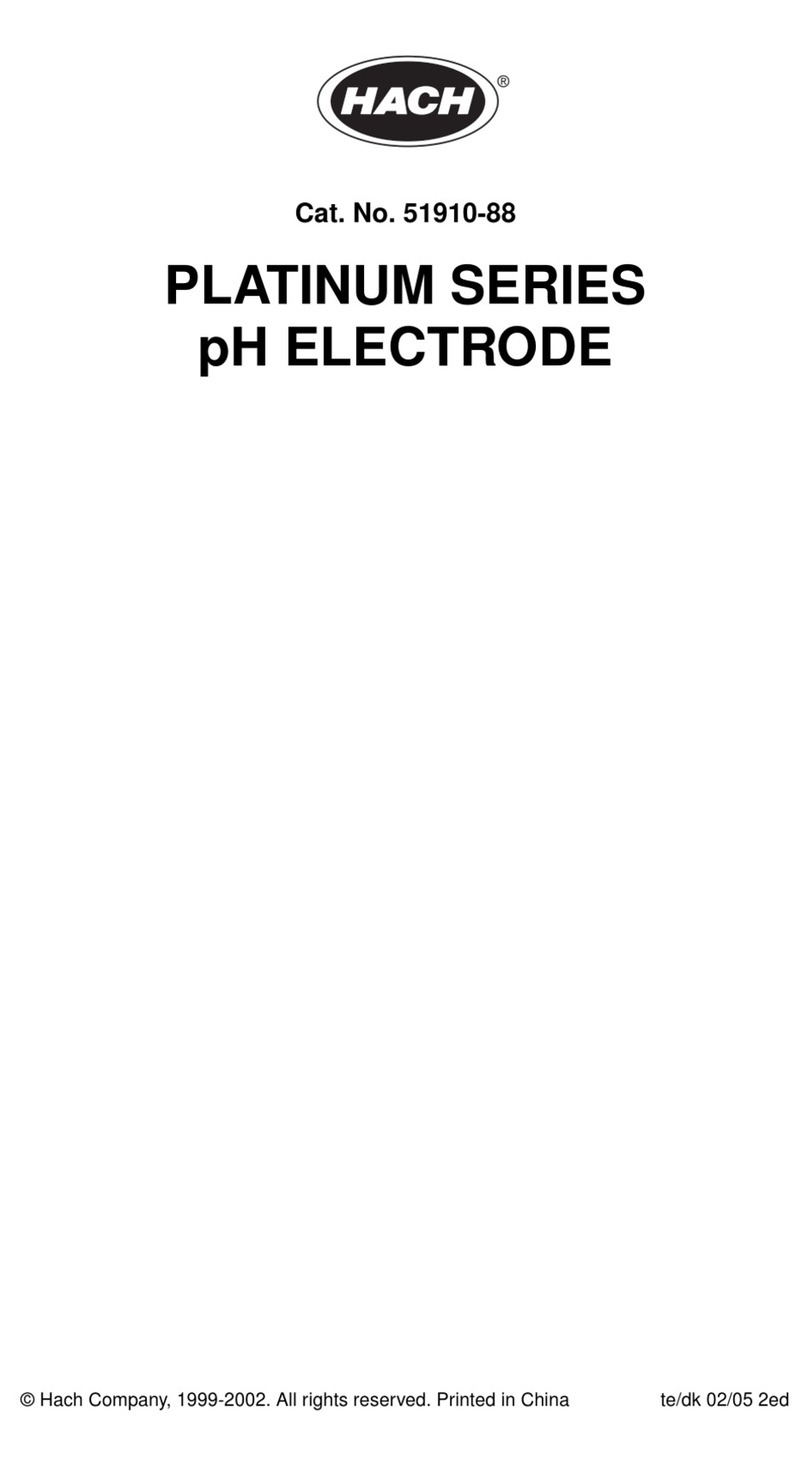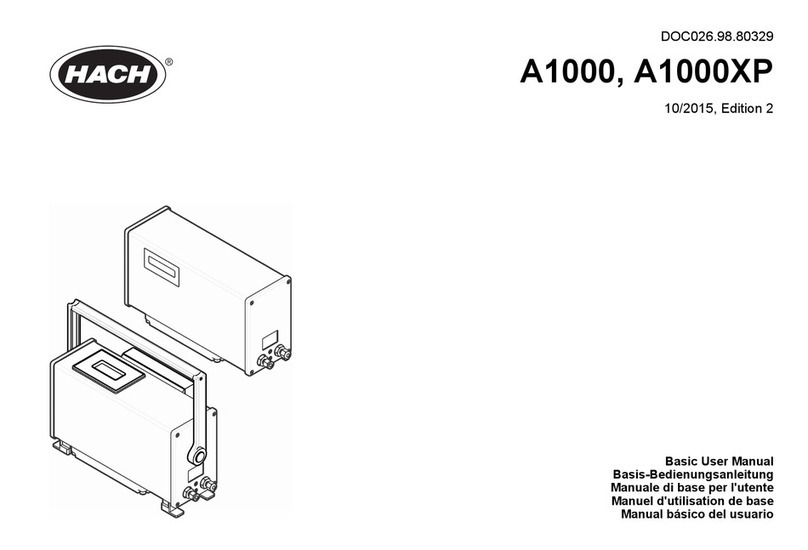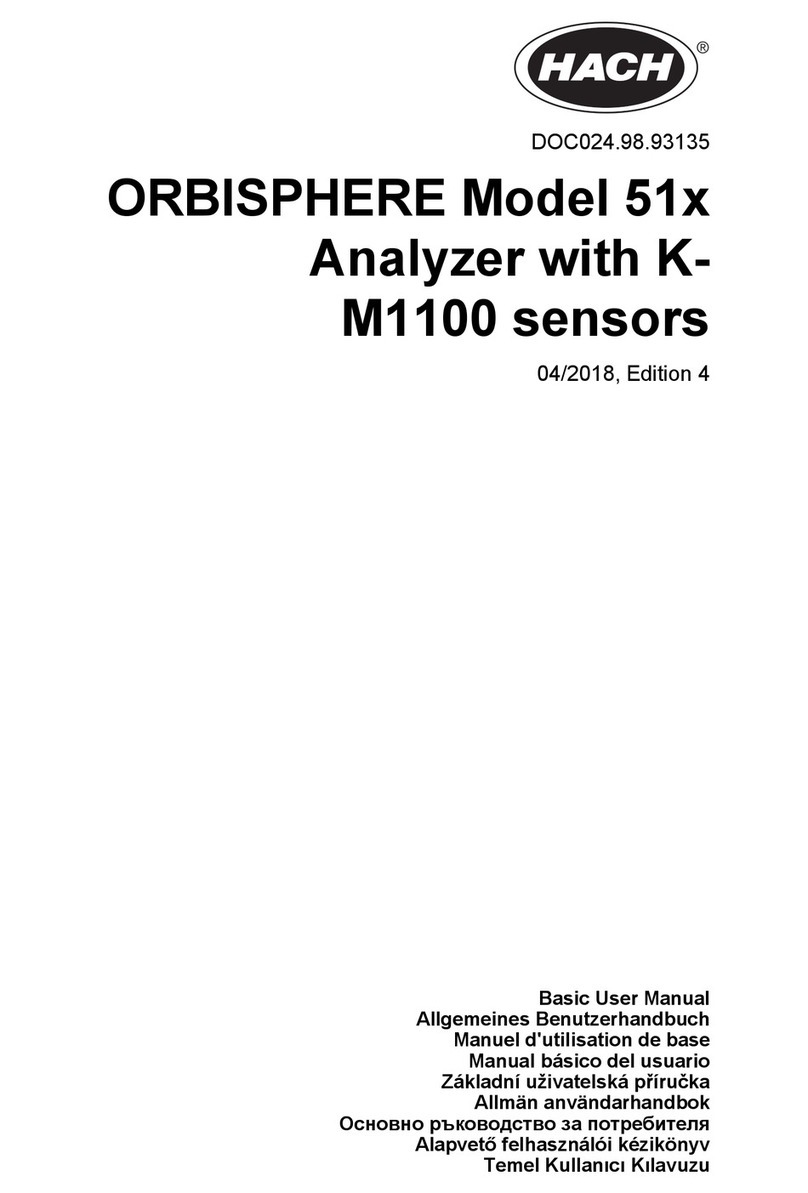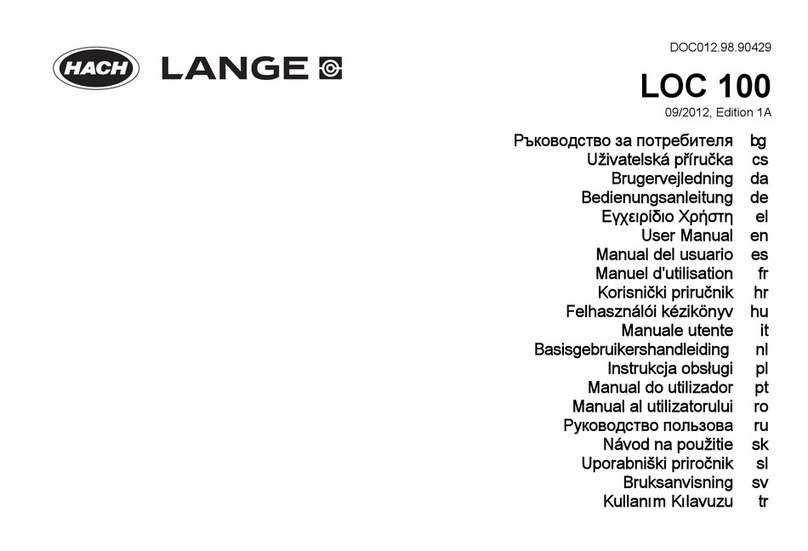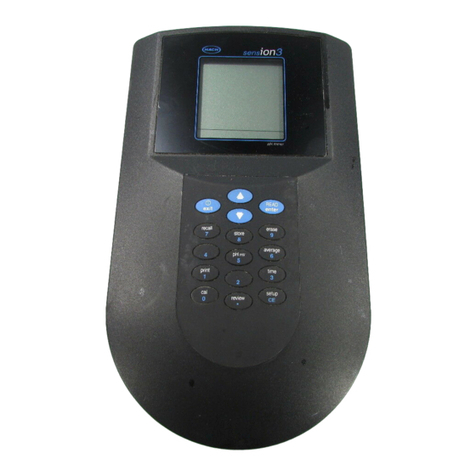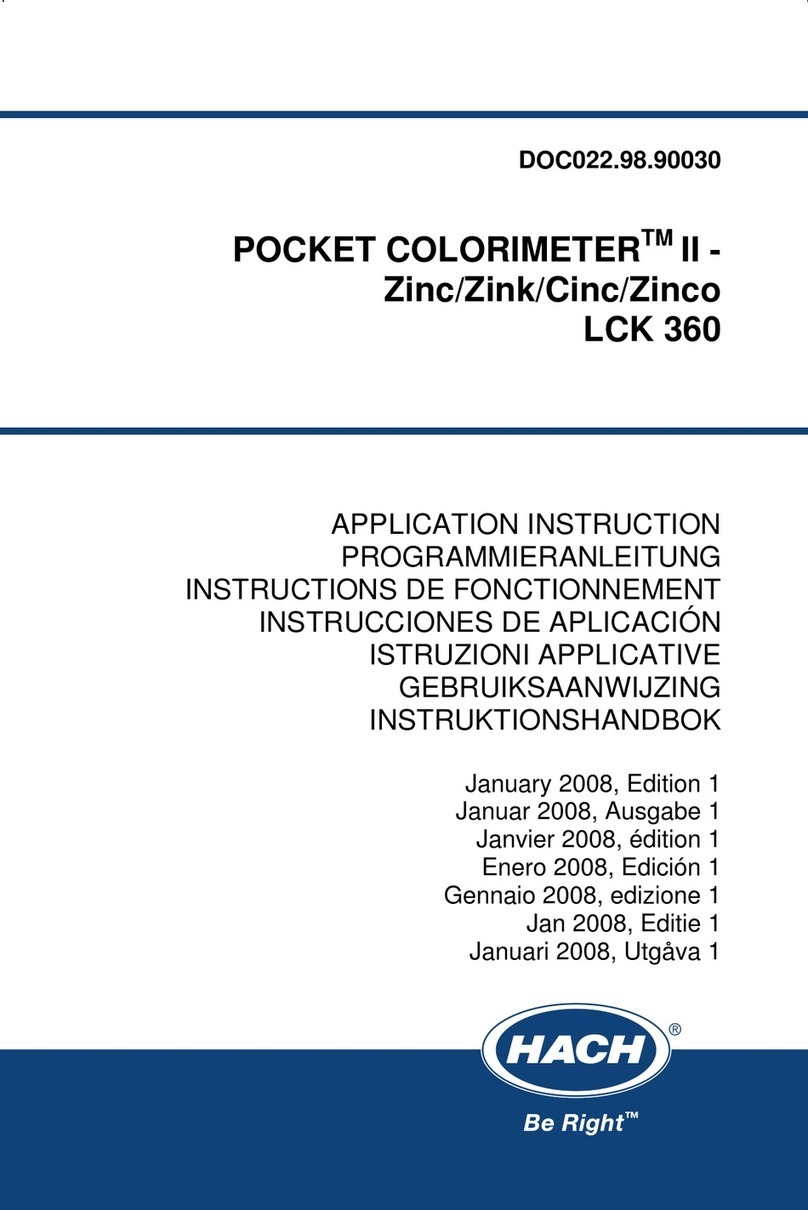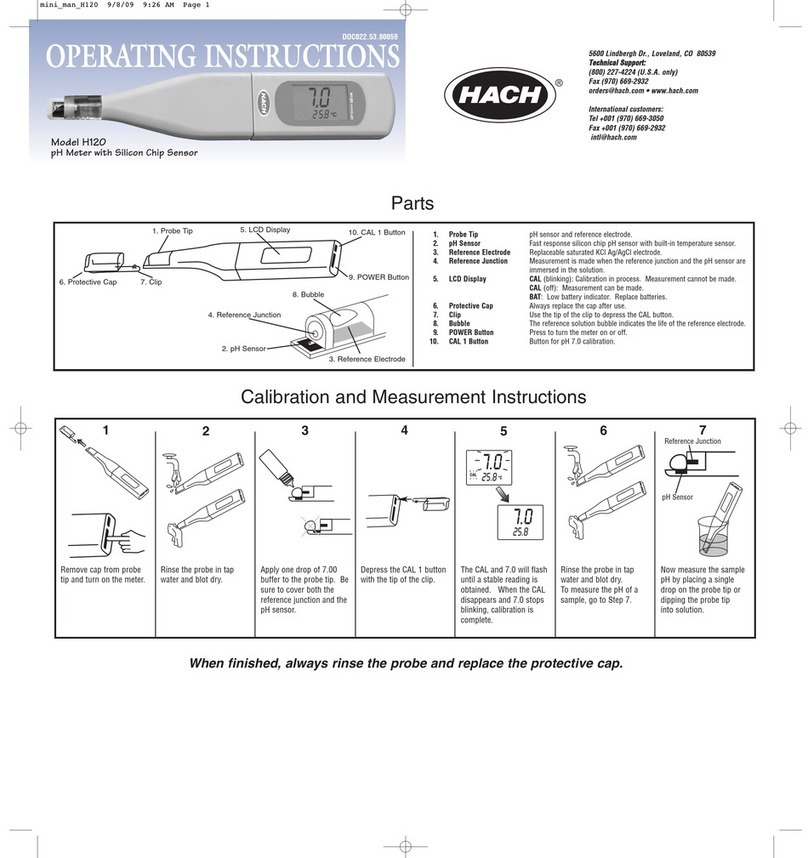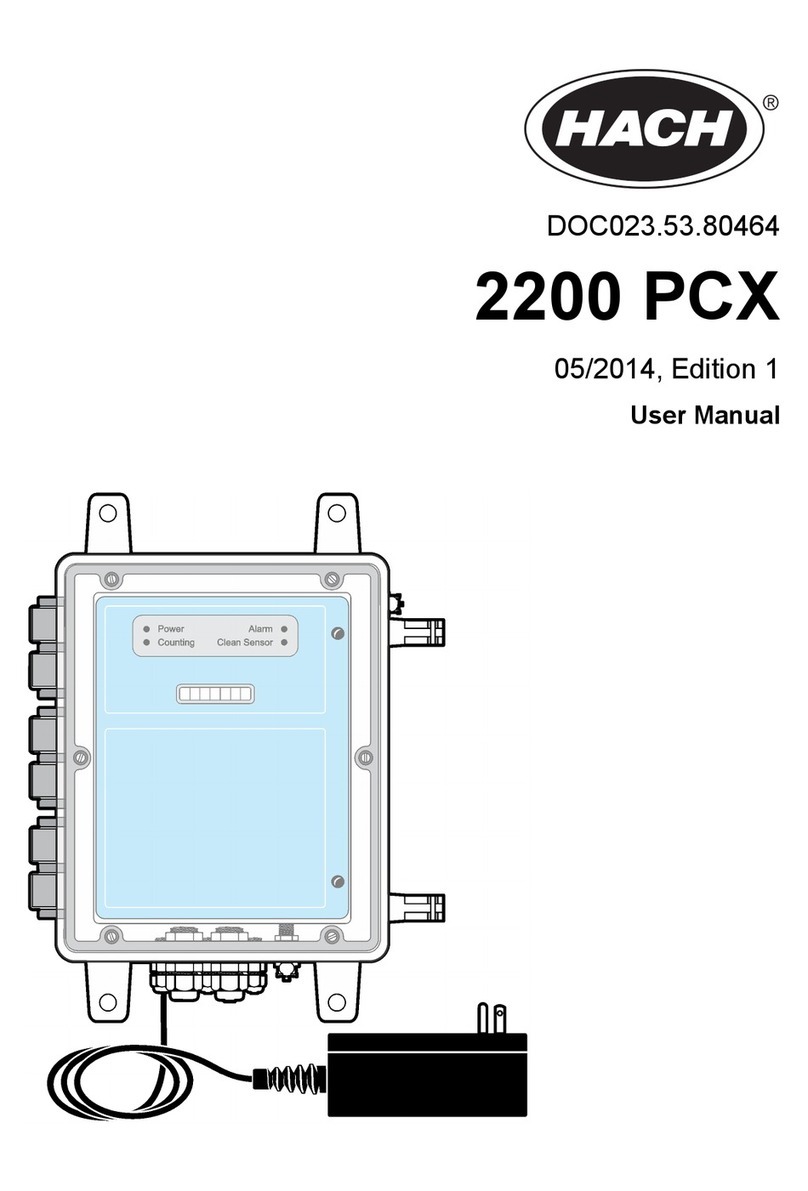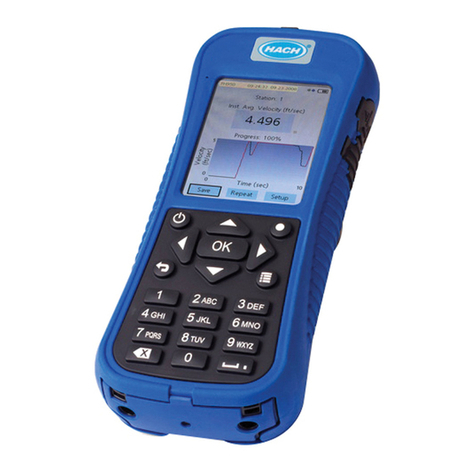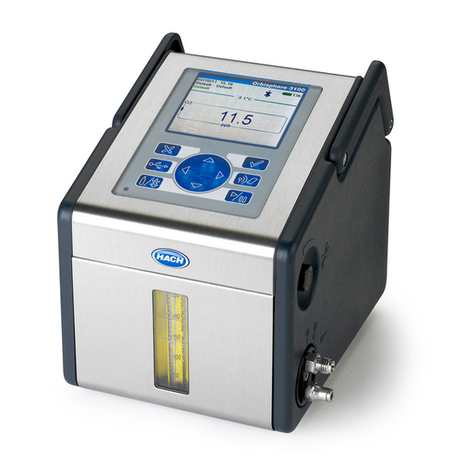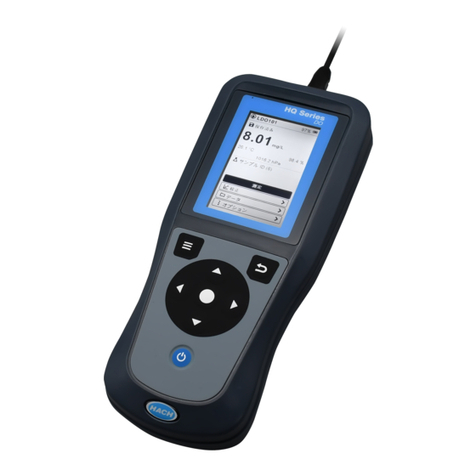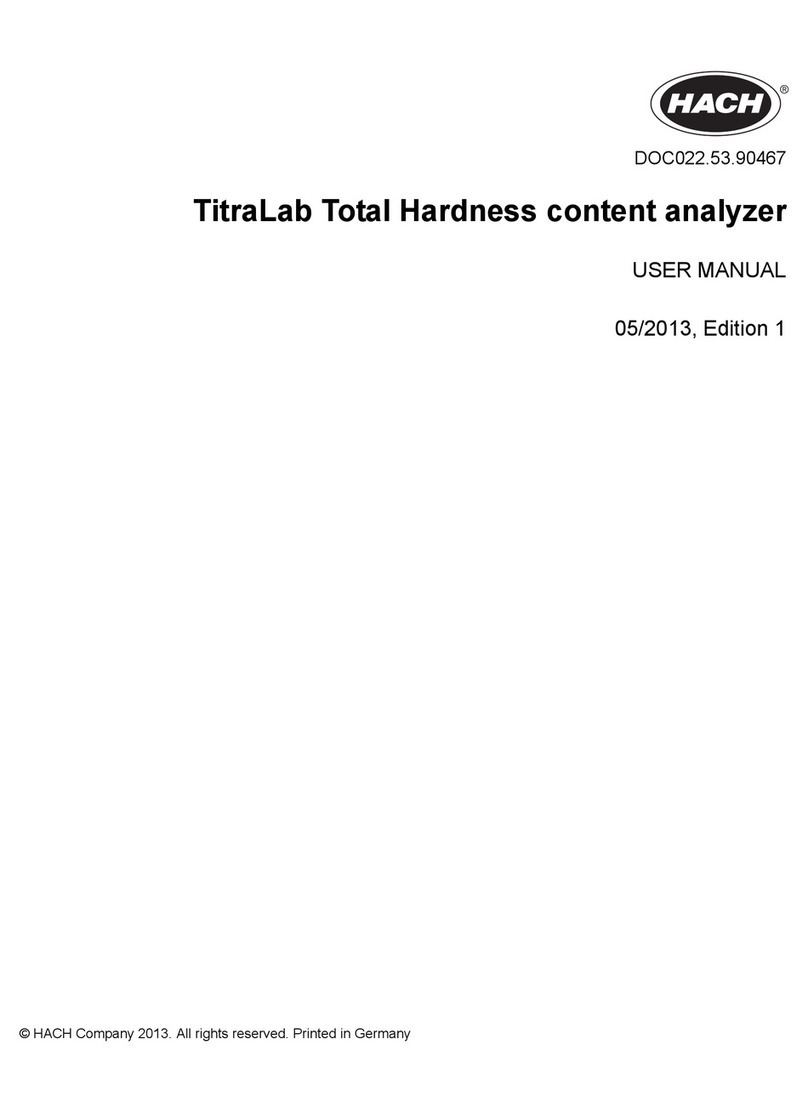Table of Contents
Specifications.............................................................................................................. 3
General information.................................................................................................. 4
Safety information........................................................................................................ 4
Use of hazard information.................................................................................... 5
Precautionary labels ............................................................................................ 5
EMC compliance statement (Korea)..................................................................... 5
Certification ........................................................................................................... 6
Product components.................................................................................................... 6
Product overview......................................................................................................... 7
Installation..................................................................................................................... 7
Analyzer mounting....................................................................................................... 8
Wiring overview........................................................................................................... 9
High-voltage barrier.............................................................................................. 9
Wiring for power................................................................................................... 9
Alarms and relays............................................................................................... 12
Wiring relays....................................................................................................... 12
Analog output connections................................................................................. 14
Discrete input wiring connections....................................................................... 15
Connect the optional digital communication output............................................ 17
Install a Secure Digital (SD) memory card ........................................................ 17
Plumb the sample and drain lines.............................................................................. 17
Install the reagents.................................................................................................... 18
Startup........................................................................................................................... 18
User interface and navigation............................................................................ 18
User interface............................................................................................................ 18
Display....................................................................................................................... 19
Additional display formats................................................................................... 20
Graphical display................................................................................................ 20
System startup.......................................................................................................... 21
Set the language, date and time for the first time ..................................................... 21
Controller configuration information........................................................................... 21
Using the secure digital memory (SD) card............................................................... 23
Updating software............................................................................................... 23
Save data and event logs with SD cards............................................................ 23
Access data and event log files on the SD card................................................. 24
Firmware updates with SD cards........................................................................ 25
Backup settings to an SD card........................................................................... 25
Restore settings to the controller........................................................................ 25
Transfer settings to another device.................................................................... 25
Operation..................................................................................................................... 26
Configure the sensor................................................................................................. 26
Calibration .................................................................................................................. 26
About sensor calibration..................................................................................... 26
Temperature calibration...................................................................................... 26
Zero calibration................................................................................................... 27
1
